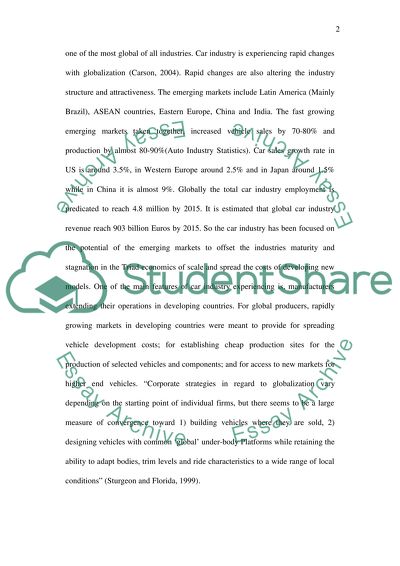Cite this document
(Strategy of Automotive Emerging Markets Research Paper, n.d.)
Strategy of Automotive Emerging Markets Research Paper. Retrieved from https://studentshare.org/marketing/1530299-strategic-plan-assignment
Strategy of Automotive Emerging Markets Research Paper. Retrieved from https://studentshare.org/marketing/1530299-strategic-plan-assignment
(Strategy of Automotive Emerging Markets Research Paper)
Strategy of Automotive Emerging Markets Research Paper. https://studentshare.org/marketing/1530299-strategic-plan-assignment.
Strategy of Automotive Emerging Markets Research Paper. https://studentshare.org/marketing/1530299-strategic-plan-assignment.
“Strategy of Automotive Emerging Markets Research Paper”, n.d. https://studentshare.org/marketing/1530299-strategic-plan-assignment.


